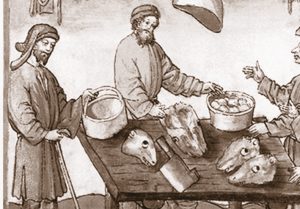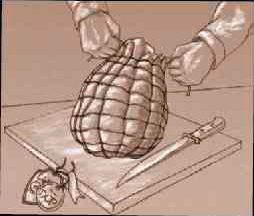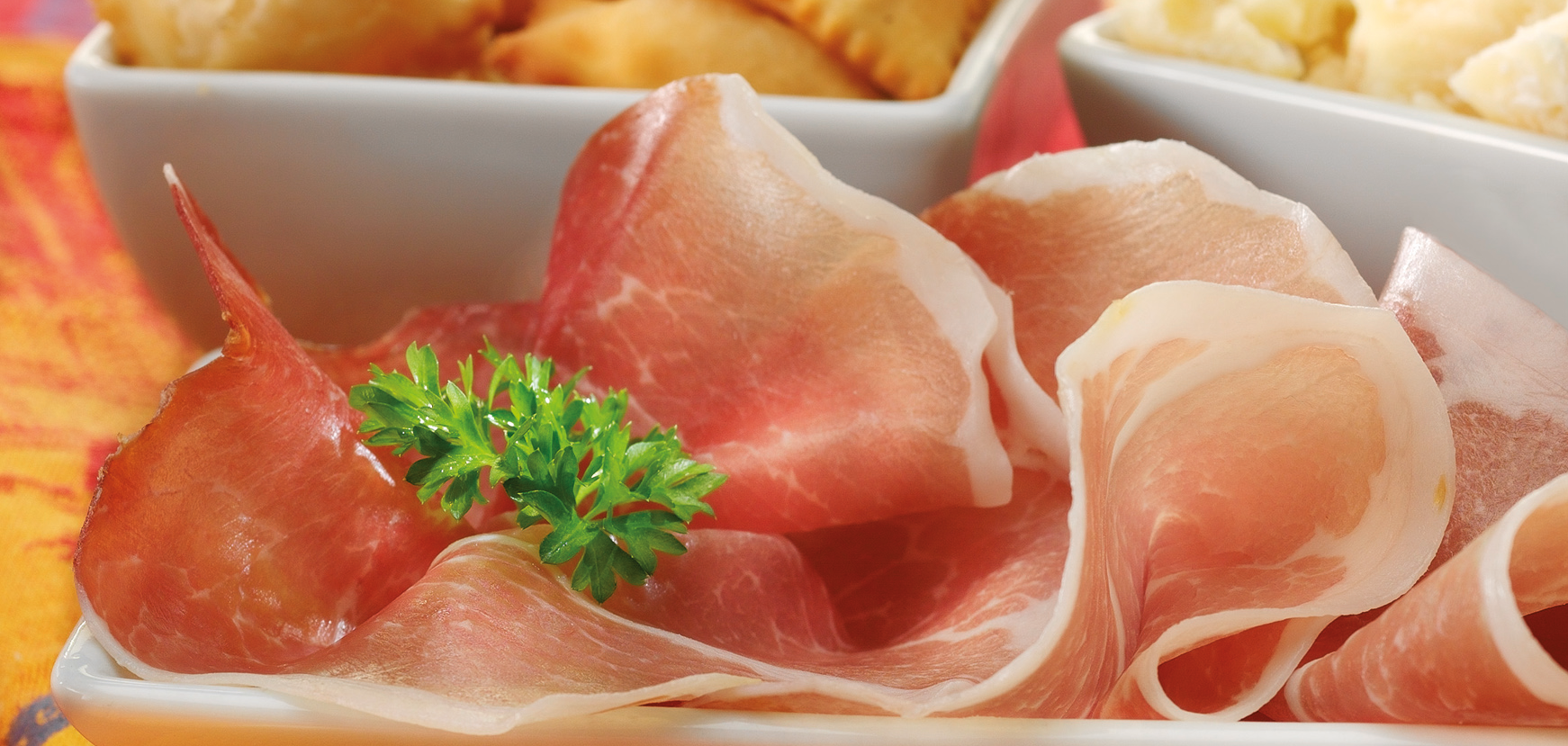Culatello di Zibello PDO

In the heart of the countryside of Parma, amid the mists that surround the river Po, the Culatello di Zibello PDO is born, the most prized and exclusive cold meat of all Italian gastronomy.
Ever since the middle ages, the delicate workmanship and the curing of the Culatello di Zibello have been a family secret, a cultural heritage passed on year after year (and family to family), still surviving in the folk tradition of these parts. The territory and its climatic specificities represent an indispensable factor for the maturation and curing of the Culatello di Zibello PDO. The persistent winter fog, damp air, and steep yearly changes in temperature are some of the basic elements that give the Culatello di Zibello PDO its exclusive characteristics of sweetness, gentleness and fragrance.
The Protected Designation of Origin (PDO) seal is only granted to a limited production, applied to guarantee a product fully processed within the Parma territory.
The secrets of production
Processing the Culatello di Zibello PDO is always left to the most skilful master pork-butchers (“norcini”) of the area. It begins with cutting out the central muscle of the pig’s leg, a cut of meat with balanced marbling. Each Culatello is skilfully hand rubbed, dry salted and peppered, before being left to rest for a few days.

Then comes the characteristic phase of encasing in natural gut and sewing, the delicate moment when the muscle mass is sealed, preparing it for the long period in the cellar. Then comes the tying, done by the same master pork-butcher (“norcino”) using a technique that gives the Culatello its typical pear shape.
It is at this point that the first of the two seals of the PDO certification is applied, bearing an identification number that will help monitor the whole curing process. The Culatello is now ready to be brought to the cellar for the curing stage over the course of at least 10/12 months.
The curing
The curing is a very important moment in the Culatello's production process, where its characteristics of softness and sweetness are slowly brought to maturity. In this phase, the location of the curing, namely the cellar, is of fundamental importance. The use of porous materials, bricks and terracotta floors that rest on foundations built with permeable materials, together with the presence of a well connected directly to an aquifer, allow moisture to do the delicate job of maintaining the most suitable environment in the curing rooms to cure the cold meat, until the PDO seal is awarded. Large windows allow a constant circulation of air, in order to obtain a product with characteristics of exceptional quality.
The preparation
Once ready, the Culatello needs a special preparation prior to slicing. Firstly, the Culatello must be placed in a container filled with water for about 10 minutes, then all the exterior strings are removed. An incision is made in the external bladder on the fatter side of the Culatello, this being the softest part, and it is then peeled completely. The five internal strings are removed, using a knife to extract them. The product is then brushed vigorously under running water, so as to remove any residual mould.
Afterwards, the product needs to be rehydrated by immersing it into a container filled with dry white wine.

The container is closed and left in a cool, enclosed place for about 4/5 days, depending on whether the Culatello is more or less aged and therefore more or less hard. After this period, the Culatello is dried and groomed. The grooming consists in removing the rancid fat and trimming the lean area by removing the toughest parts. At this point, the Culatello is ready to be sliced and tasted. After each process, the ideal preservation consists in vacuum-packing the product or placing it in a refrigerator, possibly positioning the product in an area that is less cold and not contaminated by other aromas.
The tasting
The Culatello has a very delicate and sweet flavour, a lingering scent, and a distinctive fragrance resulting from the limited addition of salt. It is usually served sliced very thin, with sliced white bread and butter curls, which enhance the product's sweet notes. In its area of production the Culatello is usually served accompanied by fried cake, focaccia or fruit such as melon and figs. To complete the tasting, it can be paired perfectly with young wines with a non-intense taste, such as Lambrusco.


